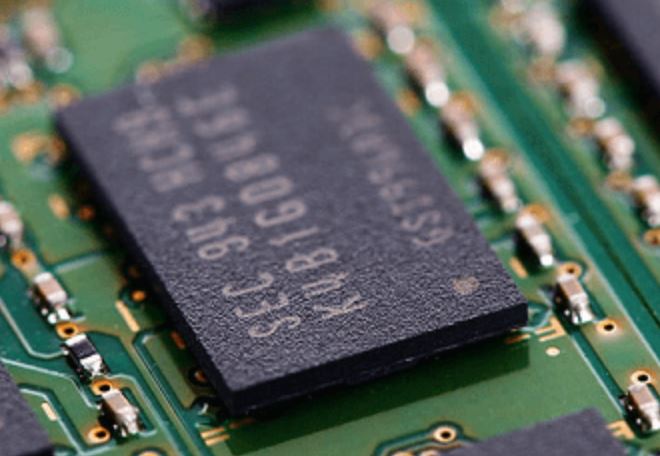It is always troublesome to consider buying a smartphone now. A lot of specifications let ordinary consumers look at the head and wonder how the actual performance of the mobile phone is. The most misleading of these specifications is the amount of mobile phone memory (RAM).

What is the use of memory?
Cellular system memory refers to the memory used by the mobile phone to run applications (ie, running memory). It can only temporarily store data and is used to exchange cache data with the CPU. The memory itself cannot be used for long-term storage of data.
When your phone runs an app or game, the app is loaded into memory. As long as the application is in memory, you can jump back after temporarily closing the application without having to reload it. Memory is an indispensable condition for multitasking mobile phones. With the increasing number of applications running on smartphones, the demand for memory capacity is also increasing. Have you ever thought about how much mobile phone memory is reasonable? Is the bigger the better?
According to Vishal Kara, head of CCleaner, a well-known system optimization software, “It’s not really important to have a lot of memory on a smartphone. Although memory is about the smoothness of the phone, it’s a matter of seconds before the phone loads the application. .”
Memory becomes a selling point for mobile phones
The world’s first Android smartphone was only equipped with 192MB of memory, while the initial iPhone memory was only 128MB. It’s hard to imagine that after just a decade of development, the memory of mobile phones has been rampant to 8GB, such as the recently released Oneplus 6 mobile phone.
Right now 4GB of memory is more than enough for smartphones. The average smartphone user will probably use 9 applications a day and will use about 30 different applications a month. An Android phone with 4GB of memory, running 47 applications a day, only an average of 2.3GB consumption. Some manufacturers in order to fight the specifications of war, for the phone to configure exaggerated memory as a selling point, in fact, is not necessary.
In addition, we must also pay attention to the fact that free memory can cause unnecessary loss of battery power. The more memory your phone has, the more power it consumes and the shorter the battery life. Even if it isn’t used too much, the memory will be called by the processor, causing a waste of resources.
Alternative iPhone Memory
The iPhone has always been a “memory pragmatist” in the smartphone space. When the Android phone jumped from 2GB to 4GB, and then jumped from 6GB to 8GB, Apple seemed to have a leisurely time. Apple has never disclosed the size of the iPhone’s memory, but we learned from all kinds of different online dismantling sources that even latest iPhone X uses 3GB.
iOS’s memory management approach is fundamentally different from Android. Android relies on the “garbage collection” mechanism, and iOS uses the “reference counting” principle. Memory used by iOS is less, but fluency is not lost on Android. It’s not clear which of the two memory management methods is better in the end, but Android’s “garbage collection” mechanism does require more memory to avoid performance issues.
Free memory
Many users think that often cleaning up background applications can guarantee the performance of mobile phones. In fact, this is a misunderstanding. An app is temporarily unused but still in memory, and then you can’t wait to stop it. This won’t help you save phone power or make your phone run faster. Because the application is re-run to load from memory into memory, this process requires more power. People like to use a variety of free memory applications, and they just want to use memory. In fact, the memory of mobile phones is running in a better state.
Related Posts
How to Download Firefox for Android Without Google Play
How to set Gemini by Google as the default Android assistant
What is stopping smartphone gaming from becoming the next big thing? The problems, and the possible solutions
How to turn off call recording announcements on Android Google Dialer
How to put screenshots in Android phone frame with the Screenshot Framer app
Single Command to install Android studio on Windows 11 or 10